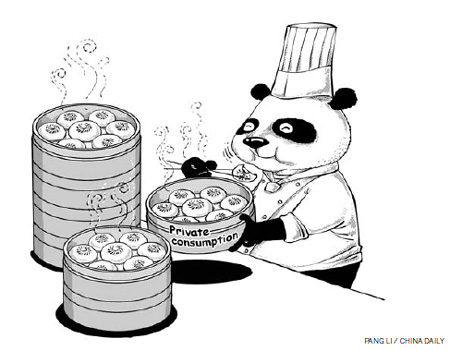A giant step toward solutions

I suspect history will judge the 12th Five-Year Plan (2011-2015) as a watershed event in the development of modern China. If so, this will be the third time that a plan has triggered a significant shift in the nation's economic strategy. The Fifth Five-Year Plan (1976-1980) ushered in the "reform and opening-up" of Deng Xiaoping. The Ninth Five-Year Plan (1996-2000) set the stage for a historic ownership transition - leading to an era of State-owned enterprise reform and the corporatization of China's increasingly marketized economy.
The just-enacted 12th Five-Year Plan is, first and foremost, a strategic framework aimed at changing the economy's remarkably successful growth structure of the past 30 years. It shifts the focus away from a powerful export- and investment-led growth dynamic toward an approach aimed at drawing more support from China's 1.3 billion consumers.
This will be a daunting transition. While absolutely essential in order to take the Chinese economy to the next stage, a pro-consumption model also introduces new and important tactical challenges. The key will be for China to strike the right balance between strategy and tactics. The stakes are enormous - for China and for the broader global economy.















